New York, US: The price of a ride on New York City’s iconic subway and buses is about to cross a historic threshold. Starting January 4, 2026, the Metropolitan Transportation Authority (MTA) will officially raise base fares from $2.90 to an even $3—a move that will impact millions of daily commuters across the five boroughs.
End of an Era: MetroCards Retire, OMNY Takes Over
Alongside the fare hike, the MTA is ringing in a new era by phasing out MetroCards—the swipe system that has defined NYC transit for decades. In January, MetroCards will stop being sold, and by mid-2026, they will be fully replaced by OMNY, the MTA’s contactless payment system. Riders are encouraged to prepare for this shift as OMNY cards themselves will see a bump in price, jumping from $1 to $2.
Unlimited Changes: Fare Caps Replace 30-Day Passes
The coming fare changes bring more than just higher prices. The long-standing 30-day unlimited ride pass—critical for countless daily commuters—will be discontinued. Instead, OMNY’s fare capping system will take the spotlight. Once riders spend $36 (currently $34) in fares within a seven-day period using the same phone or payment card, all additional subway or bus rides for the rest of that week become free. This shift is designed to make unlimited riding more flexible, rewarding frequent commuters but removing the option for advance monthly savings.
Express bus regulars will see similar changes, with a new weekly fare cap activating free rides after $67 of OMNY fares in one week.
MTA’s Reasoning: “Predictable” Hikes and Operating Costs
The MTA defends the increase as a part of its biannual 4% fare adjustment schedule, citing mounting operational costs, inflation, and long-term financial health. “We must keep in mind what truly influences affordability in New York, and it’s not transit,” said MTA officials. “Transit is among the few elements that maintain New York’s affordability, and we are committed to preserving that.” They also highlight that while fares rise steadily—about 16% since 2018—housing costs in NYC have spiked far more sharply.
These extra revenues, MTA leadership insists, are essential to keep up pensions, health care, and the global inflationary environment, while ensuring upgrades and basic maintenance are sustained for the city’s sprawling transit network.
Community Concerns and Mayoral Pushback
Not everyone is on board with the fare increase. Mayor Eric Adams has come out in vocal opposition, arguing the hike adds to the ever-rising affordability pressures already facing New Yorkers. “Proposing a fare hike without demonstrating meaningful improvements is offensive to hard-working New Yorkers,” the mayor said, urging MTA board members to reject the proposal and warning of extra burdens on those already struggling with the city’s expenses.
Transit advocates are also pressing for more robust support for low-income riders through the Fair Fares program, hoping for broader eligibility and easier automatic enrollment to make sure the city’s most vulnerable are not left behind by these changes.
Riders React: Frustration and Resignation
For many city residents, the fare bump is another in a series of relentless hikes—reflecting the city’s inflation and challenges across nearly every sector. Riders express a mix of frustration, resignation, and even a grim sense of inevitability. “Everything keeps going up. They keep raising this and that. It’s annoying, and people are just trying to get through their day,” one commuter shared while waiting for a bus. Others have noted that air conditioning failures and cleanliness concerns make the higher cost sting even more.
What Else is Changing? Tolls, Trains, and Beyond
The 2026 increase won’t just hit subway and bus riders. Express bus fares will rise from $7 to $7.25, and tolls on major bridges and tunnels—including the RFK, Whitestone, Throgs Neck, Verrazzano, and others—will go up by amounts ranging from 20 cents to 52 cents for E-ZPass users. Metro-North and Long Island Rail Road fares will increase by about 4.4%, and round-trip tickets will be replaced with day passes that expire four hours after activation.
Congestion pricing, however, remains unchanged at a $9 daily base toll for drivers during peak hours, though this could rise in subsequent years.
The Road Ahead: Public Hearings and Final Decisions
The new fare structure is not fully set in stone. The MTA plans to hold a series of public hearings and outreach sessions in the coming months, giving New Yorkers the chance to share their concerns and feedback before the MTA board takes a final vote later this fall. Still, with the fare hike built into the agency’s budget projections and nearly every past proposal passing, city dwellers are bracing for the $3 fare as the new normal by early 2026.
Stay tuned for updates as the MTA finalizes its plan and New York City adapts once again to the ever-changing price of getting around the Big Apple.

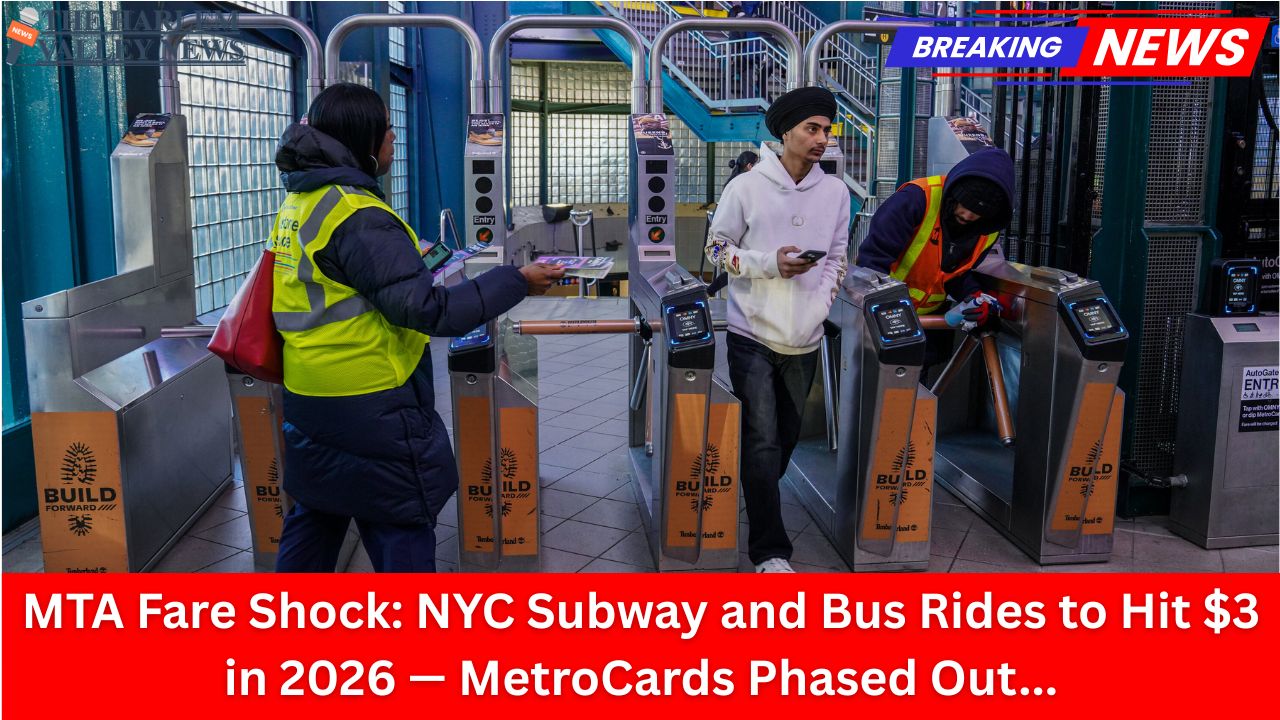
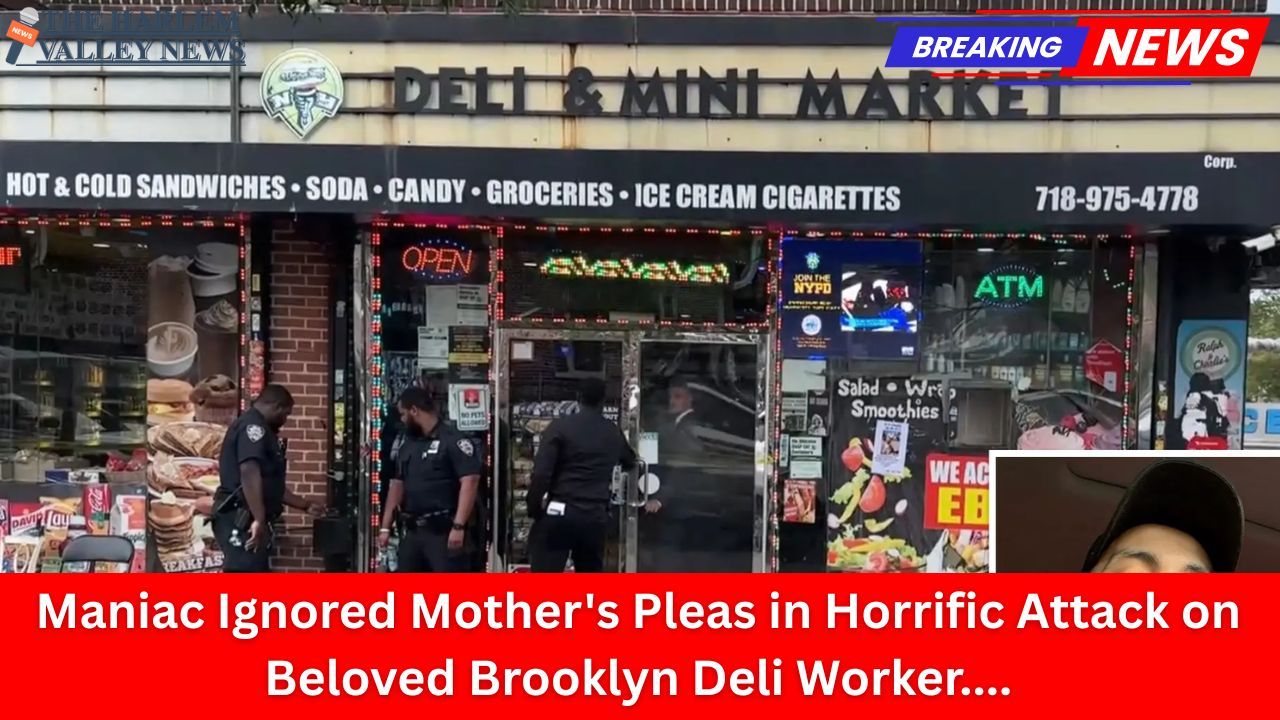
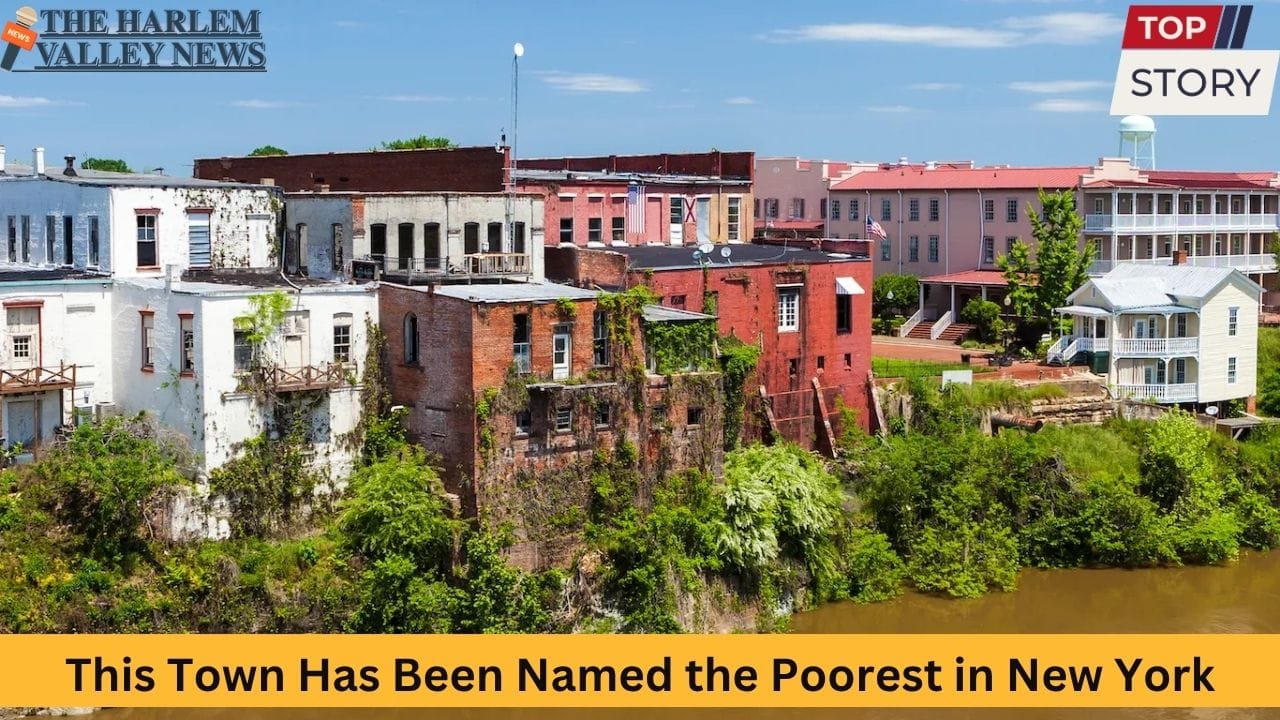
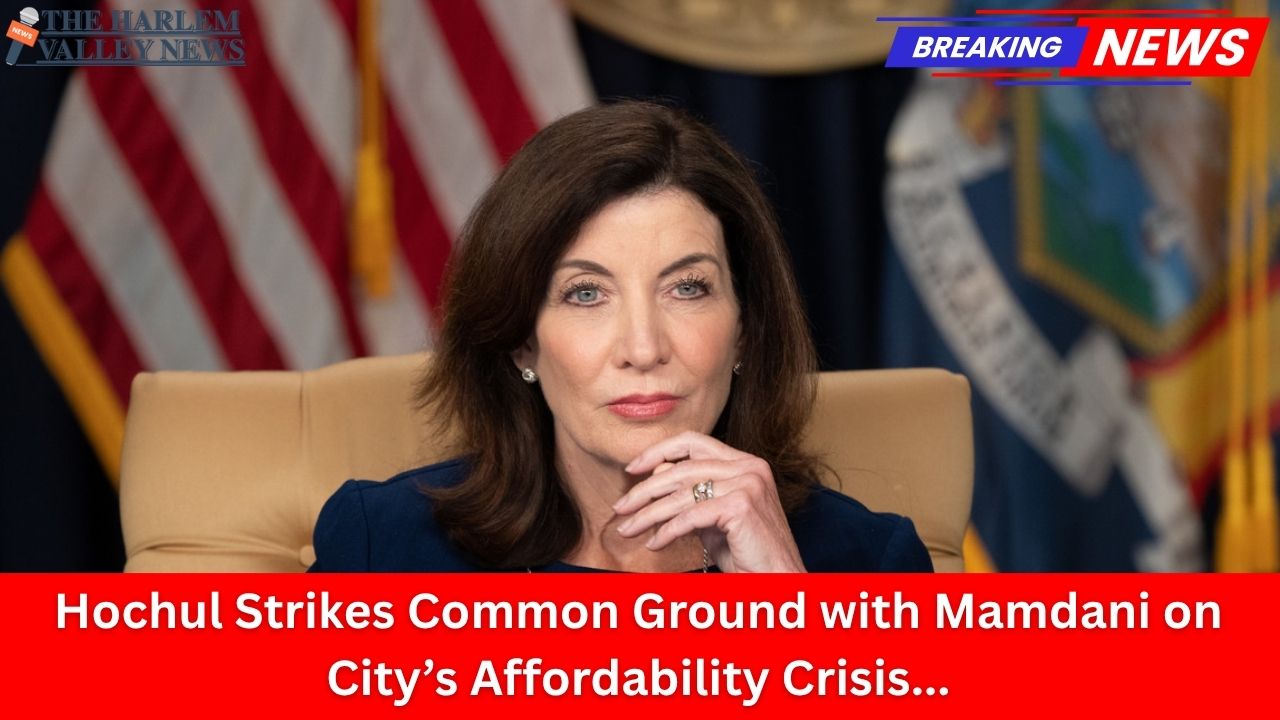
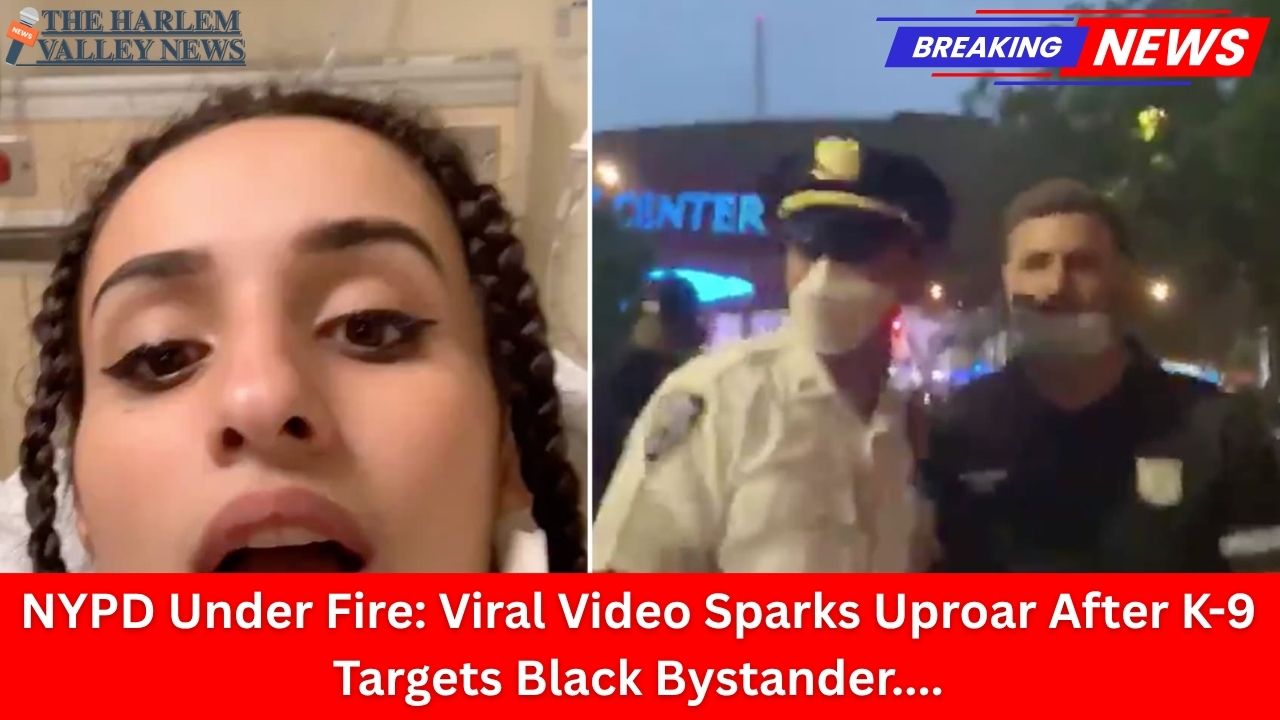

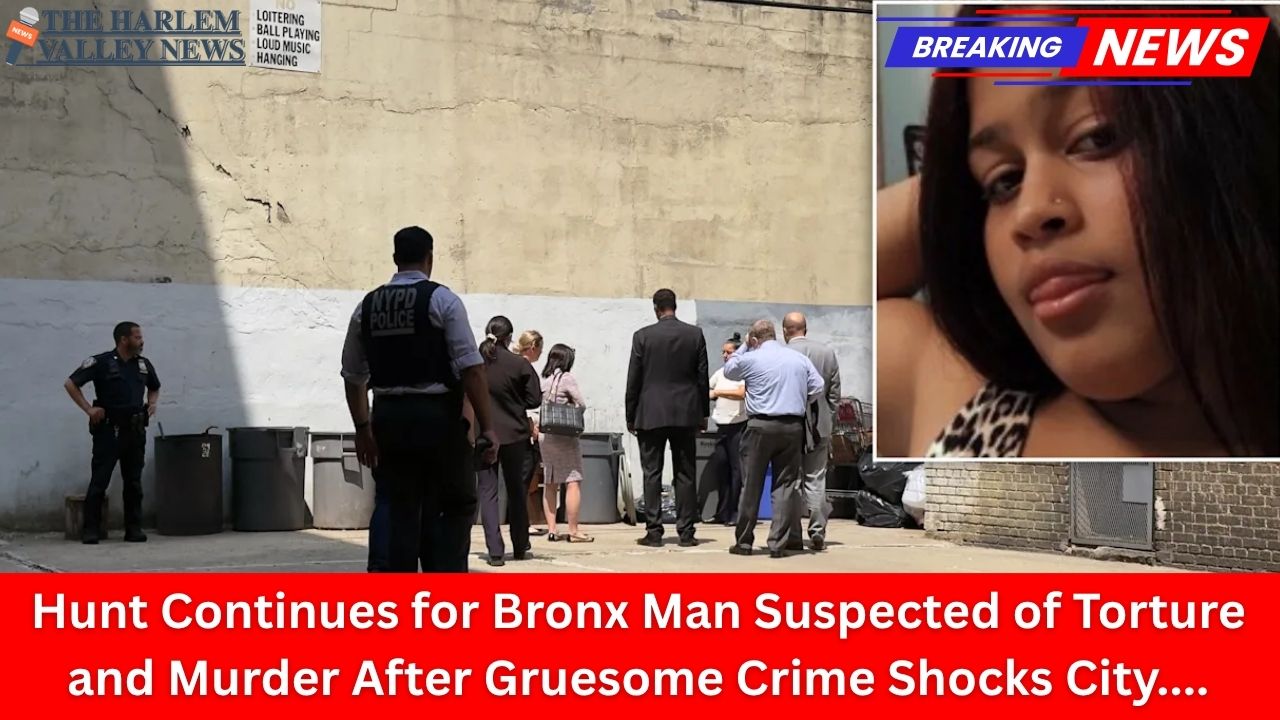
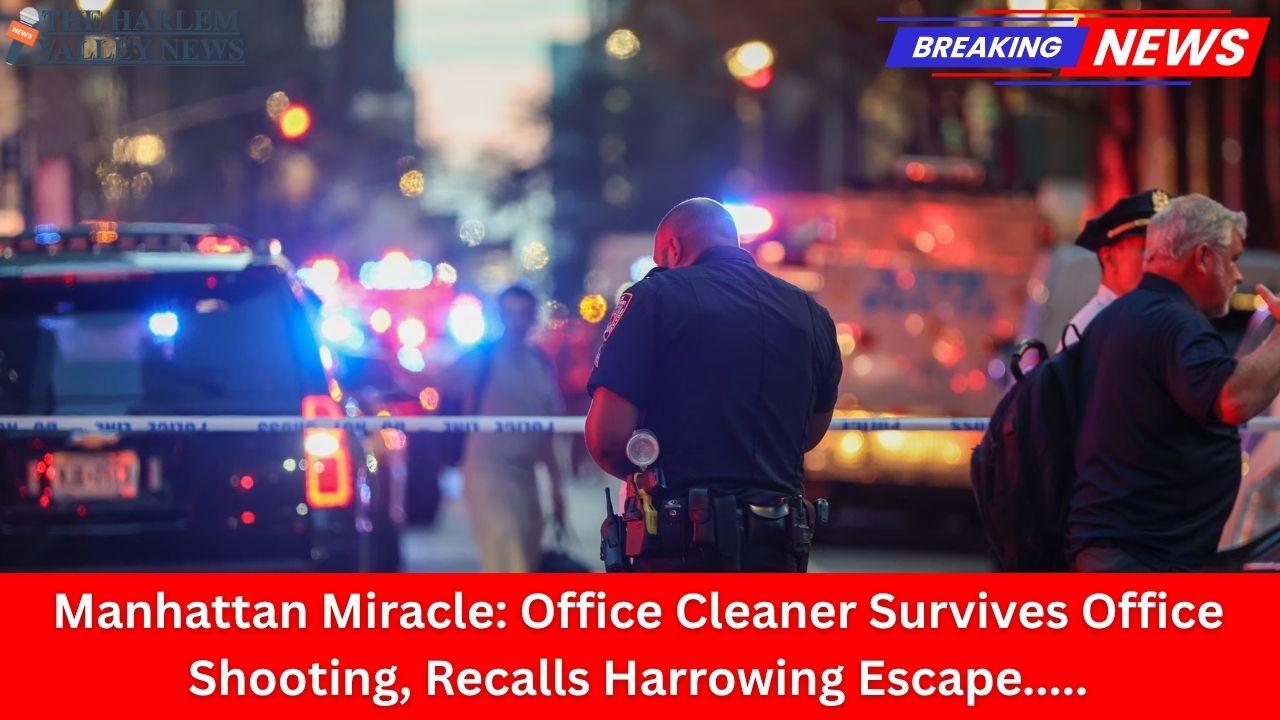
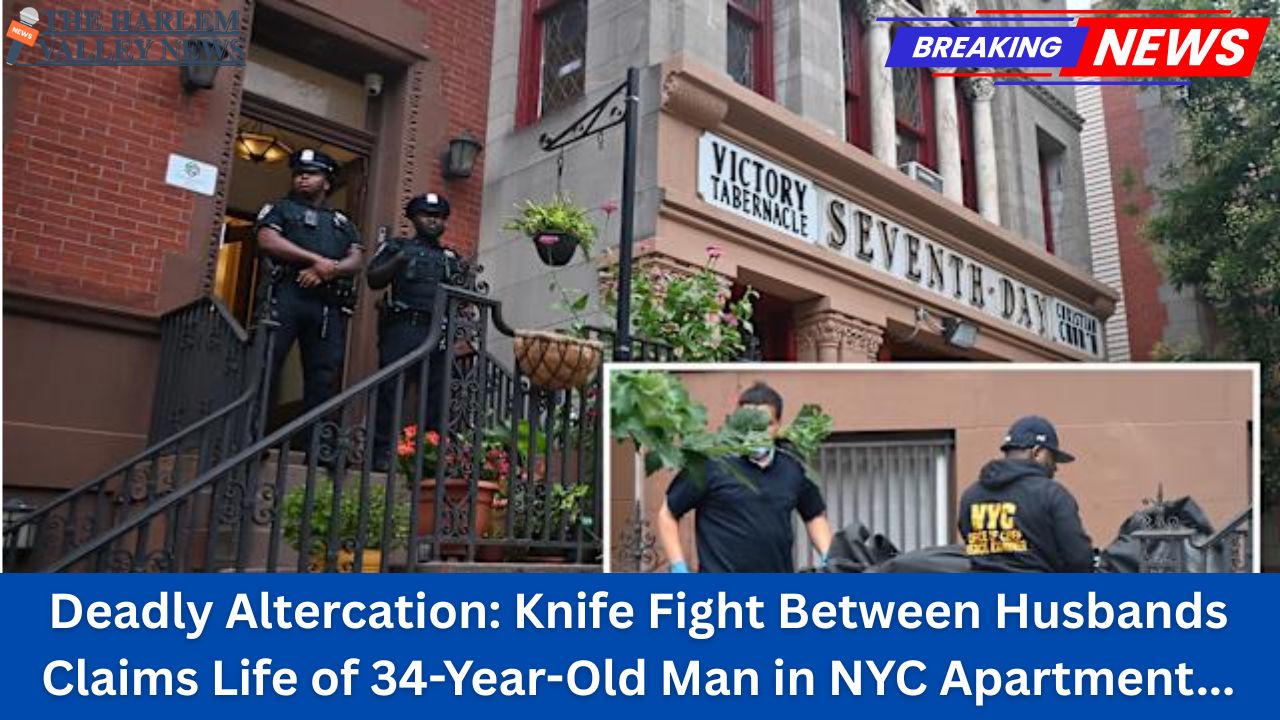

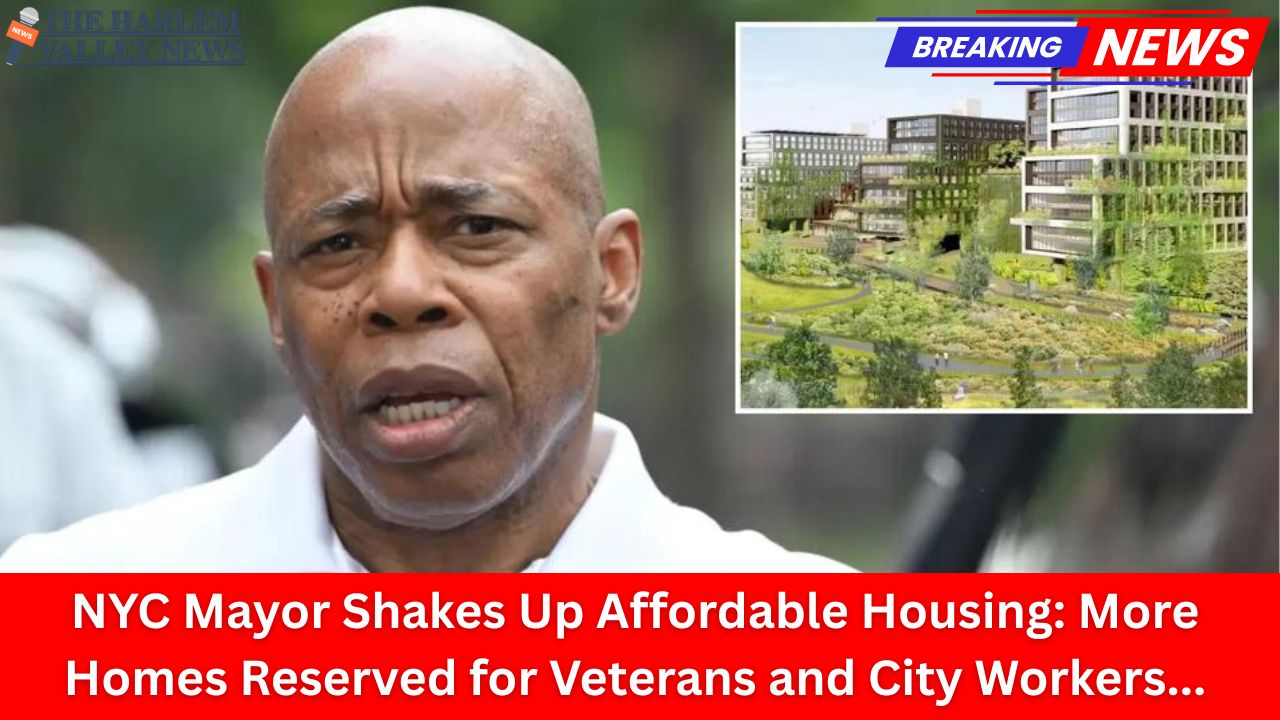
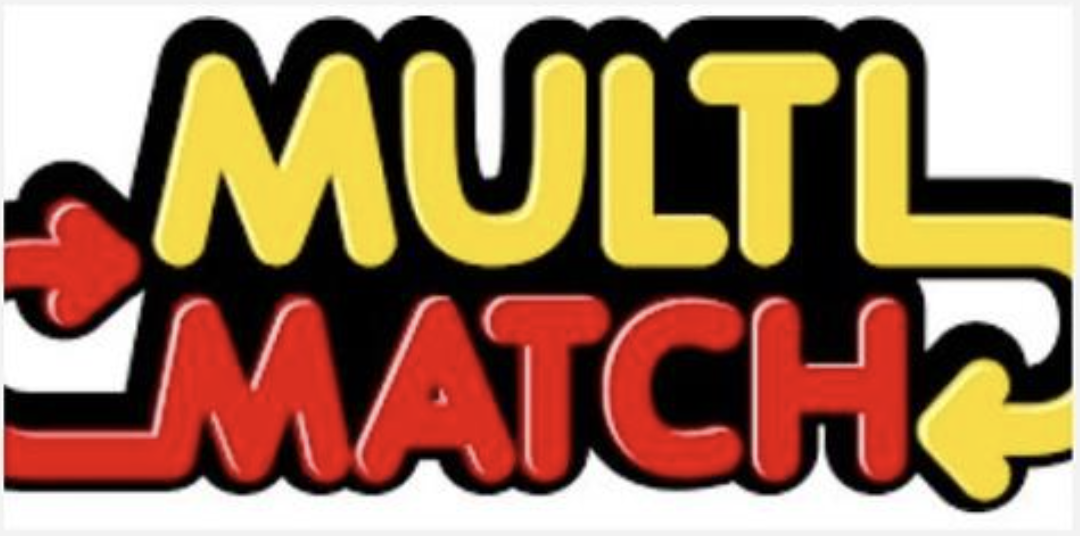
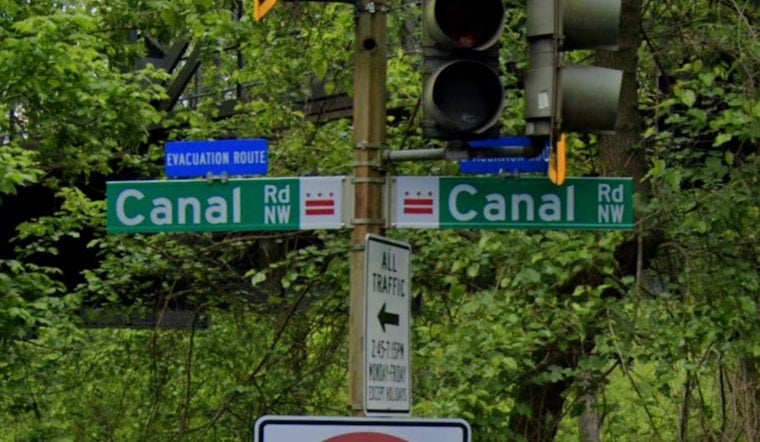
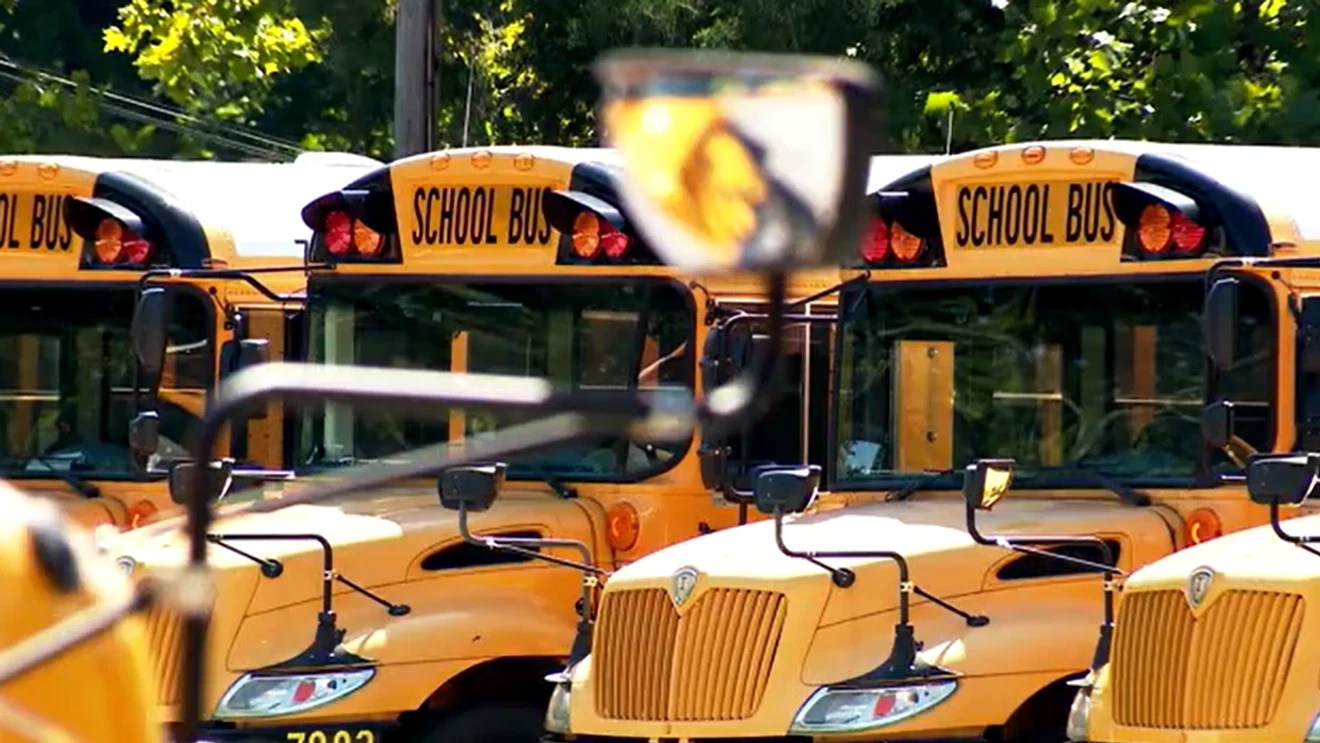
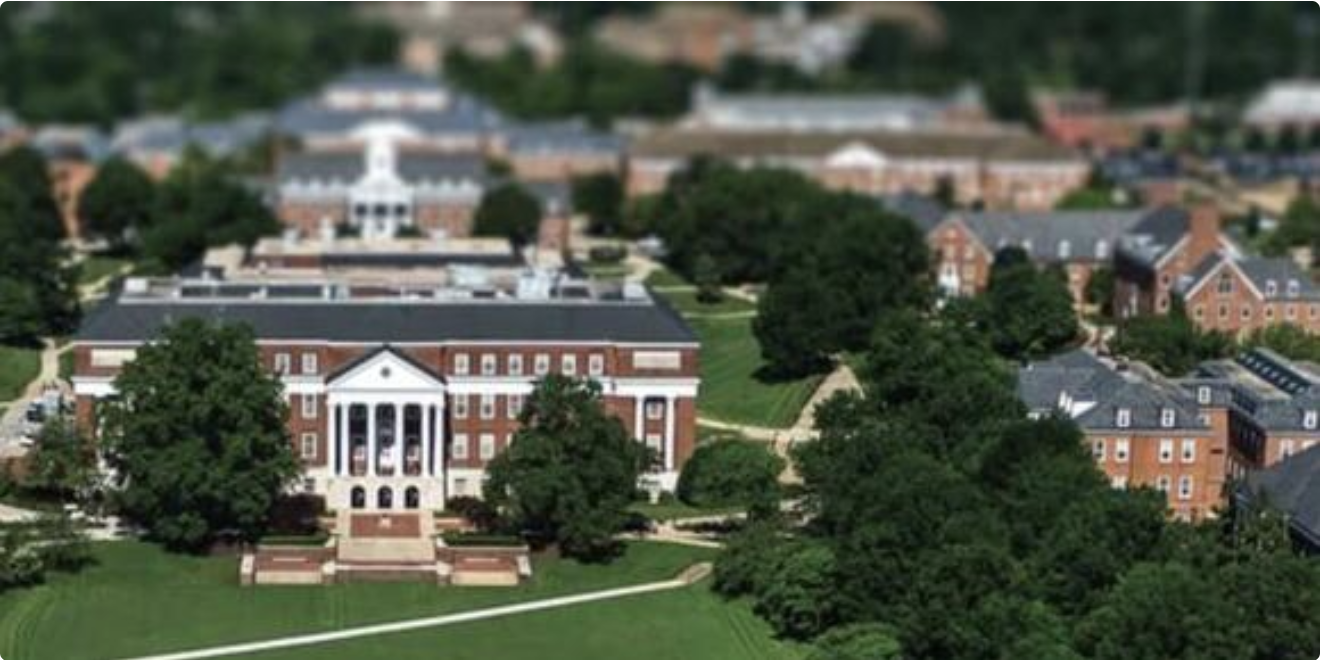
Leave a Reply